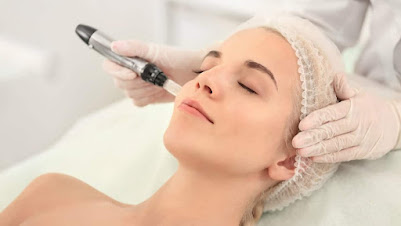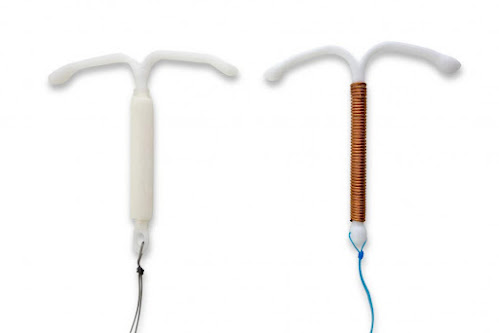Microneedling: What It Is, Uses, Benefits & Results
What’s Dermapen Treatment?
Dermapen treatment, also known as microneedling, is a non-invasive cosmetic method designed to rejuvenate the skin. It involves using a specialised tool referred to as a Dermapen Treatment in Sydeny, ready with fine needles that create tiny punctures in the skin’s floor. Those micro-injuries stimulate the body’s natural restoration approaches, mainly to the manufacturing of collagen and elastin – the constructing blocks of wholesome, youthful skin.
Microneedling vs. microdermabrasion: What’s the difference?
Microneedling and microdermabrasion are both procedures to improve the look and texture of your skin. But microdermabrasion doesn’t use needles. Instead, a healthcare provider uses a device with a rough edge, like sandpaper, to exfoliate the uppermost layer of your skin. Microneedling goes deeper into your skin than microdermabrasion, so it might work better for problems beneath the surface, such as acne scars.
Who gets microneedling?
Microneedling has cosmetic and medical uses. You might consider microneedling if you’re concerned about:
- Enlarged pores.
- Fine lines or wrinkles.
- Loose or crepey (thin and wrinkled) skin.
- Mild scars, especially those from acne or burns.
- Skin discoloration or uneven skin tone.
- Stretch marks.
The procedure can also help people who have medical conditions such as:
- Alopecia areata (hair loss due to an autoimmune disease).
- Hyperhidrosis (excessive sweating).
In some cases, healthcare providers use microneedling to deliver drugs or vaccines directly into your skin.
Who shouldn’t have microneedling?
Talk to your healthcare provider before getting microneedling if you have:
- Acne or are taking medication for acne.
- Blood disorders or are on anticoagulants (drugs that prevent blood clots).
- Cancer and are receiving chemotherapy or radiation therapy.
- Frequent skin rashes (contact dermatitis) or cold sores.
- Keloidal tendency (your skin forms hard, raised scars).
- Moles, freckles, skin tags or other growths that change in size or shape or bleed.
- Skin conditions such as eczema or psoriasis.
Procedure Details:
What happens before microneedling?
Before microneedling, you have a consultation with a healthcare provider. A plastic surgeon, dermatologist or aesthetician might perform microneedling. Make sure that whoever does the procedure has experience in this technique.
Your healthcare provider will examine your skin, review your health history and discuss your goals for the procedure. They may also take photos of the area so you can compare your skin before and after microneedling.
This is a good time to ask any questions you may have about microneedling, such as:
- Are there risks or side effects?
- Does microneedling hurt?
- How soon will I see results?
- Is there downtime after the procedure?
- Will I need more than one treatment?
What happens during microneedling?
Your healthcare provider cleans your skin and applies a numbing cream or ointment, such as lidocaine gel. They do this about 30 minutes to 45 minutes before your procedure, so the ointment has time to work.
Next, your healthcare provider uses a hand-held roller or an electric tool to make the wounds in your skin. The roller has tiny needles. Your healthcare provider rolls it slowly and gently across your skin. If they use the electric device, needles pulse up and down to puncture your skin.Needle lengths can range from 0.5 millimeters to 2 millimeters.
A microneedling procedure can take anywhere from 15 minutes to a few hours, depending on the size of the area that needs treatment.
What happens after microneedling?
Microneedling is an outpatient procedure, so you can go home once it’s done. Your skin might be red and swollen for up to five days. An ice pack can help reduce irritation and discomfort.
Risks / Benefits:
What are the risks of microneedling?
Microneedling is a safe procedure, but risks may include:
- Bruising.
- Scarring.
- Skin infection.
What are the benefits of microneedling?
Microneedling can help improve the appearance and texture of your skin.It doesn’t carry the risk of skin discoloration, unlike some facial rejuvenation procedures that use heat, light or lasers.
Recovery and Outlook:
What can I expect after microneedling?
Some people also have dry, flaking skin that improves with moisturizer.
Most people need multiple microneedling treatments, usually about 3 weeks to 8 weeks apart. It can take 3 months to 6 months to see results. Afterward, you might need the procedure once a year for maintenance.



Comments
Post a Comment